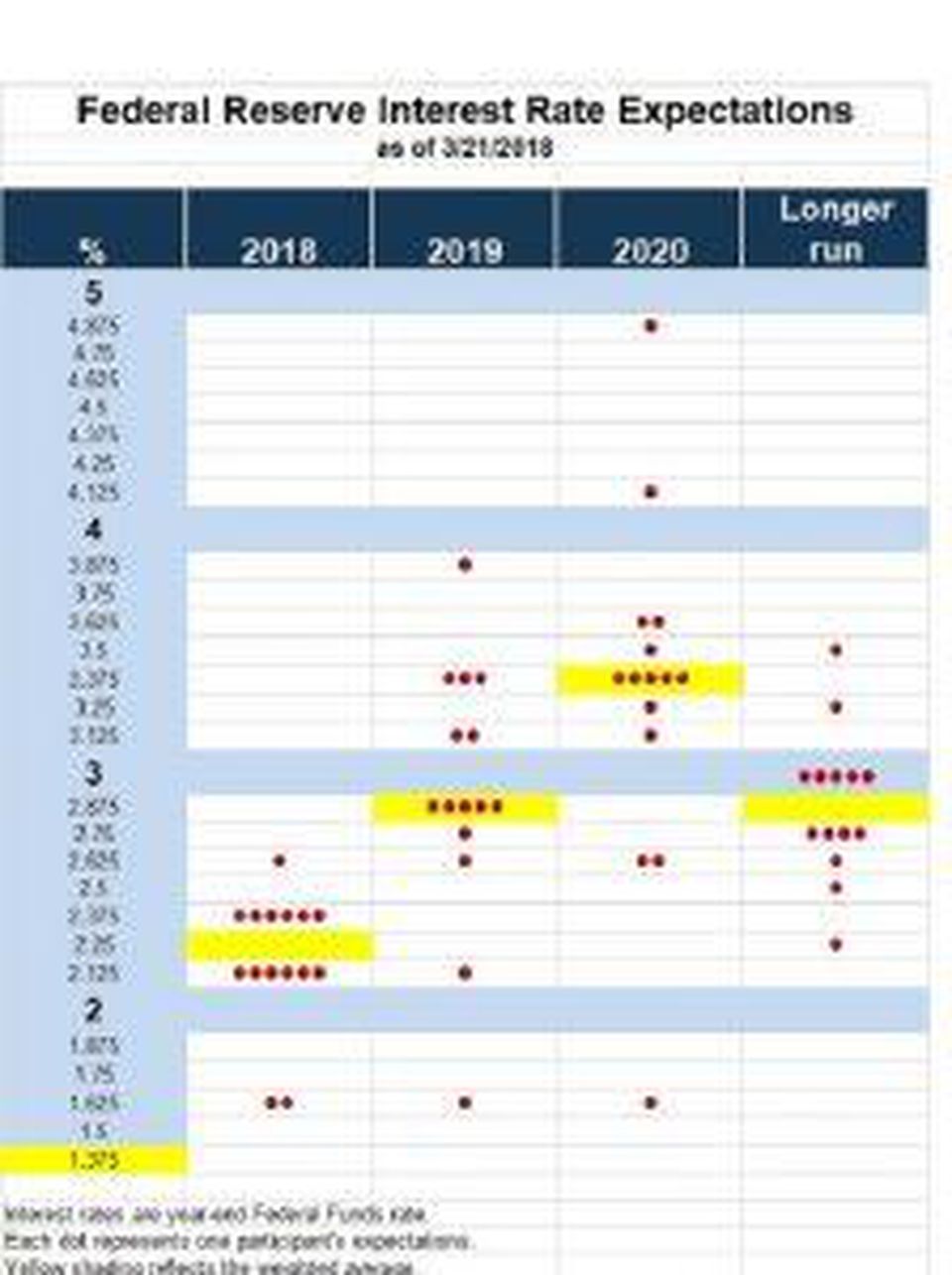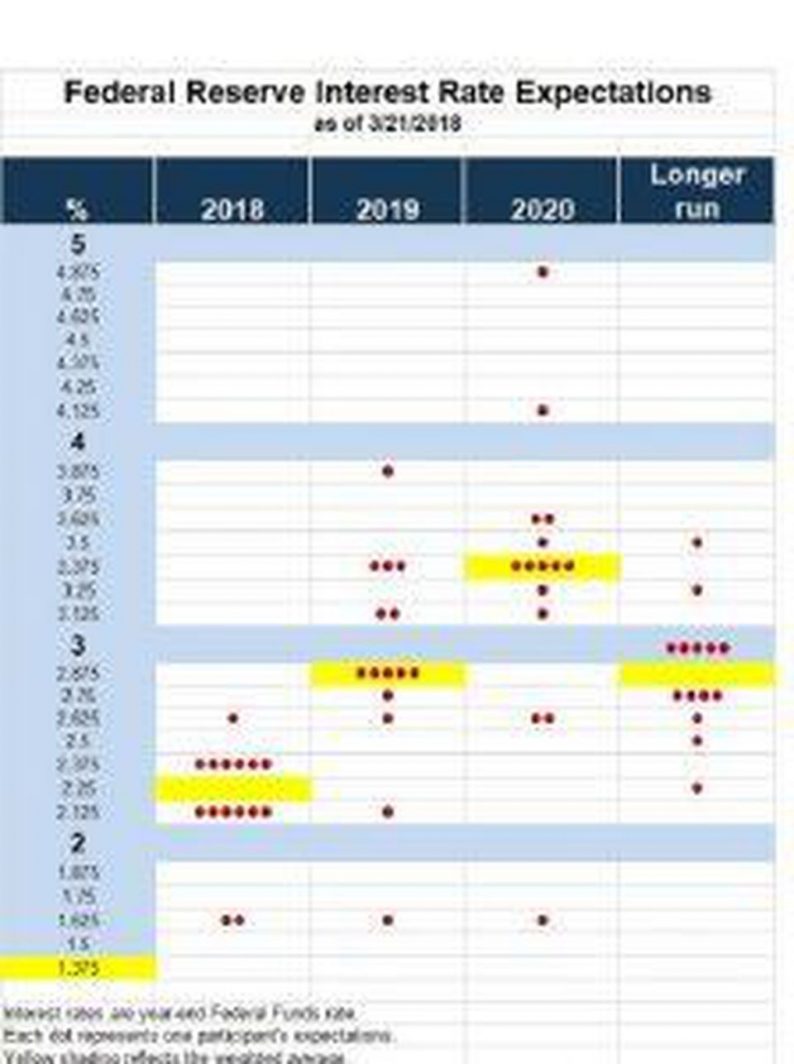The Fed has announced their expectations for tightening over the next three years, including three or four rate hikes this year including the March increase. Yet inflation is running low, beneath their target of two percent for the core inflation rate. Not only is inflation below the Fed’s target, inflation is lower than it was a year ago. So why is the Fed tightening?

Dr. Bill Conerly based on data from the Federal Reserve
Federal Reserve Interest Rate Expectations
Time lags are the greatest challenge the Federal Reserve faces. This first-time lag is between Fed action and the real side of the economy: spending, production, and employment. The second time lag is between changes in the real side and inflation.
The time lags bring their effects gradually. Monetary policy has some effect right away, and more the following quarter, and more the quarter after that, for up to three years. The inflation response also develops gradually over time. I use a rough rule of thumb that it takes about a year to feel the Fed’s action on spending, production and employment, and about another year before inflation changes. This oversimplifies the process, but I’ve found it useful.
Milton Friedman said, “…monetary actions affect economic conditions only after a lag that is both long and variable.” Chew on that last word: variable. Imagine a car in which the steering wheel acts with a time lag of two blocks before the car itself turns. One could do a tolerable job of driving. But if the lag is variable—sometimes one and a half blocks, sometimes two and a half blocks—driving would be difficult. And this is not a good world for pedestrians.
With lags that are long and variable, tightening a little bit too soon is preferable to waiting too long and then having to constrain economic growth rapidly.
Economic growth has been near the long-term trajectory for the past three quarters, though it appears that the current quarter will come in weaker. That long-term trajectory is probably higher than sustainable economic growth now, given our lower pace of population growth, especially working-age population. Unemployment is a very low 4.1 percent. Although wage inflation is not accelerating, many of us economists expect it to very soon. (I don’t view wage growth by itself as a cause of price growth, but it’s an indicator of the economy running at a hot pace.)













Leave A Comment